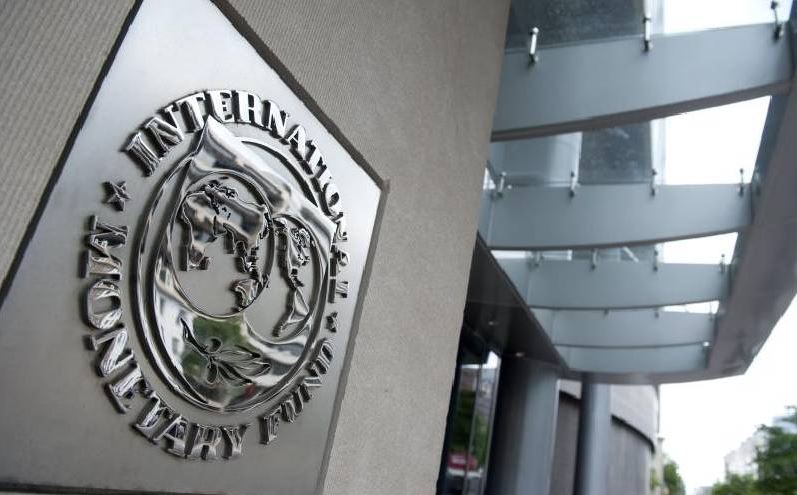×
The Standard e-Paper
Truth Without Fear

It has been about two decades since the last time the term Structural Adjustments Programmes (SAPs) was part of our fiscal and macroeconomic discourse. After a seemingly healthy economic expansion from a contraction of two per cent (-2 per cent) in 2002 to peak at over seven per cent in 2007 and stabilise at an average of about 5.4 per cent, one wonders how we slipped into this national disgrace again.